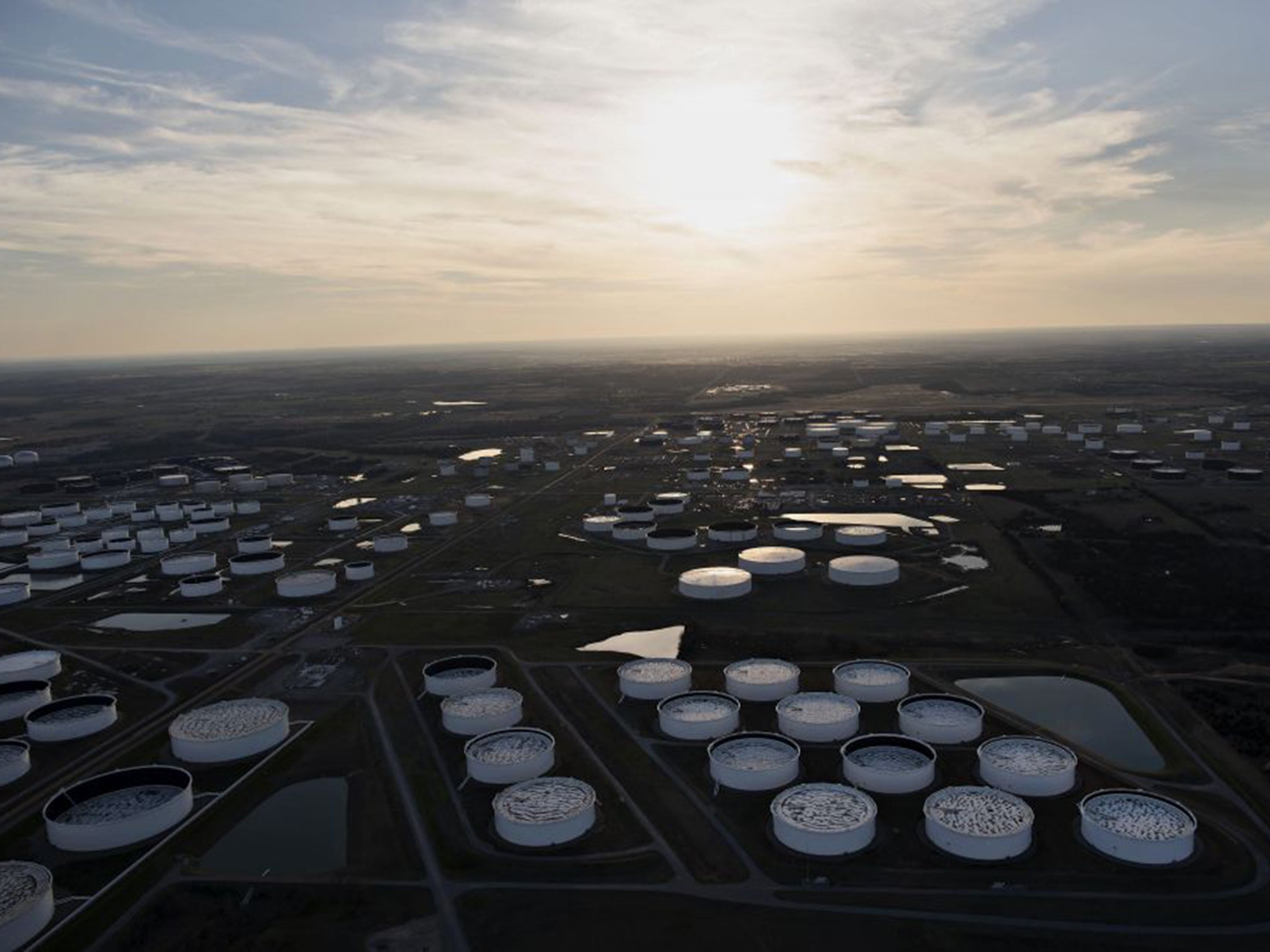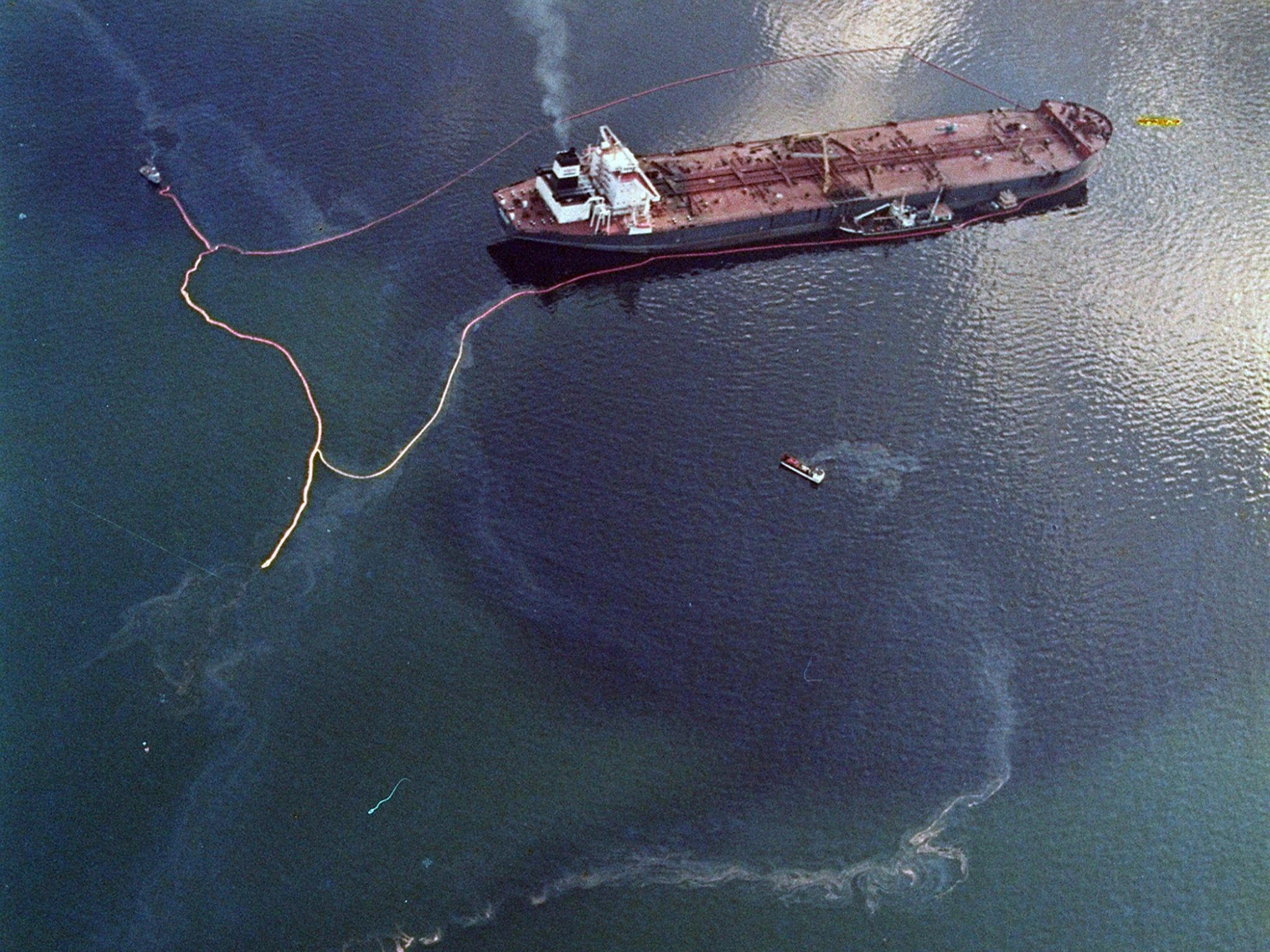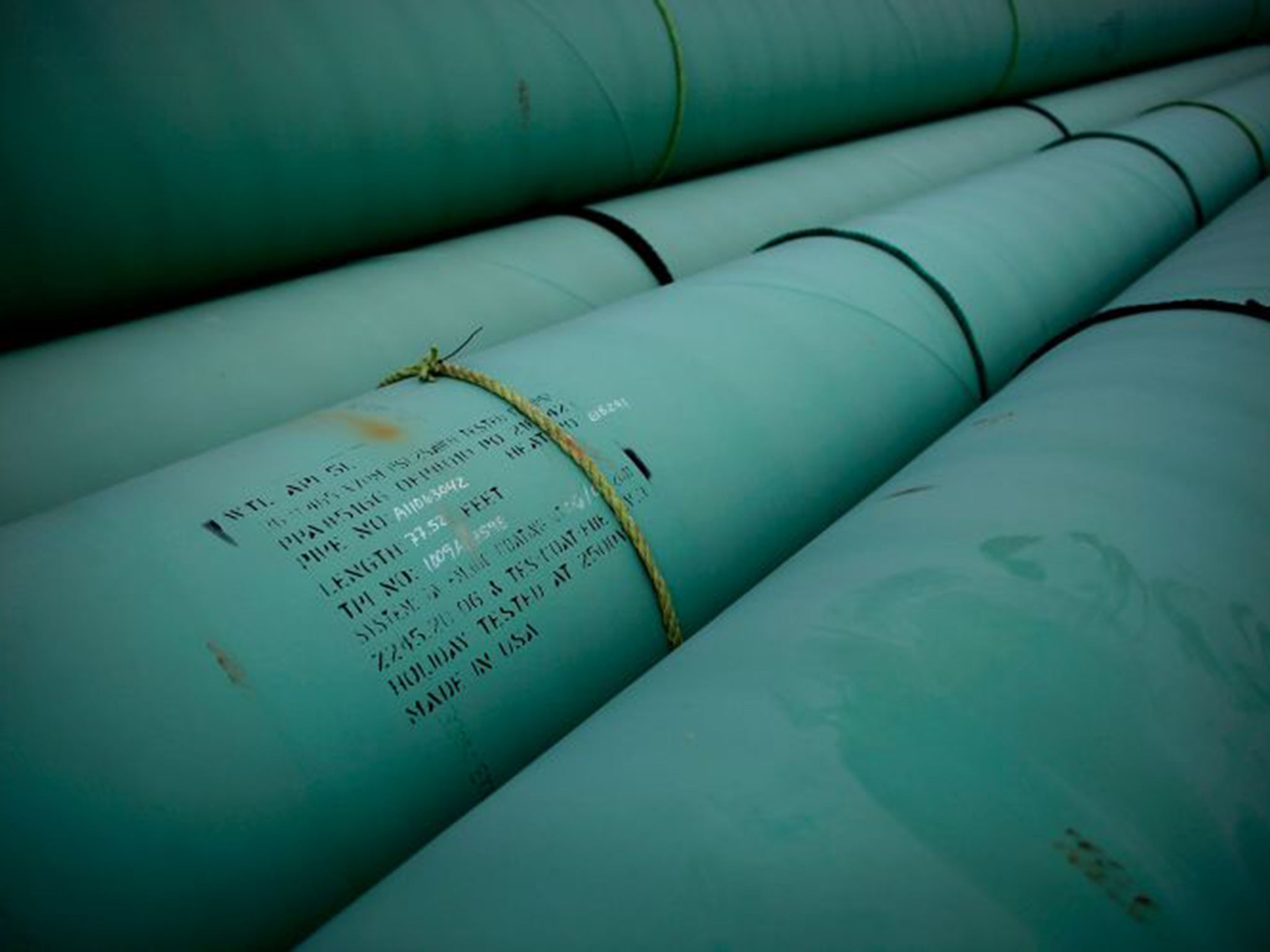A disaster waiting to happen in Oklahoma? The link between fracking and earthquakes is causing alarm in an oil-rich town
A transportation hub, Cushing, Oklahoma, is home to just 8,000 people and 87 million barrels of oil. Due to fracking, it’s now one of the most active seismic areas in the US – and potentially the scene of a catastrophe.

Your support helps us to tell the story
From reproductive rights to climate change to Big Tech, The Independent is on the ground when the story is developing. Whether it's investigating the financials of Elon Musk's pro-Trump PAC or producing our latest documentary, 'The A Word', which shines a light on the American women fighting for reproductive rights, we know how important it is to parse out the facts from the messaging.
At such a critical moment in US history, we need reporters on the ground. Your donation allows us to keep sending journalists to speak to both sides of the story.
The Independent is trusted by Americans across the entire political spectrum. And unlike many other quality news outlets, we choose not to lock Americans out of our reporting and analysis with paywalls. We believe quality journalism should be available to everyone, paid for by those who can afford it.
Your support makes all the difference.At first glance the small town of less than 8,000 inhabitants looks like typical country America, the kind of place that John Updike might once have written about. Except Cushing, in north-east Oklahoma, is very different.
On top of its human residents, it is also home to about 87 million barrels of oil storage. The biggest ocean-going supertankers carry about two million barrels. The Exxon Valdez spilled less than half that amount when it hit Bligh Reef in Prince William Sound, Alaska, in 1989.
Now, more tanks are being built in Cushing as storage companies seek to increase stocks at lower oil prices.
Dr Riki Ott has seen most oil-related disasters at first hand. A campaigner for energy transportation reform since the Exxon Valdez, she sees the same convergence of risk and lack of preparedness in Cushing that she once saw in Prince William Sound: “It has all of the ingredients for a major disaster. Government and industry officials are misleading the public and hardly anyone knows about it.”
The oil is in Cushing because the town sits at the convergence of several of the largest pipelines in the country and has been a hub for oil transportation and storage since the early 20th century.
One of those pipelines is essentially the southern leg of what has come to be known as the Keystone XL, perhaps the most controversial energy development of the last 20 years. In total, there are about 14,000 miles of pipeline in Oklahoma.
Oil is stored in vast quantities at Cushing in above-ground storage containers that litter the fields surrounding the town. This is a place where “oilfield” has nothing to do with drilling, in a state where the oil and gas industry has become as powerful as it is anywhere in the United States.
Now, thanks to fracking, it’s also one of the most active seismic areas in the entire United States.
Ironically it is the fracking industry that created this very real and little-discussed threat to Cushing which, according to Oklahoma Sierra Club’s director Johnson Bridgwater, has “the potential for producing one of the worst environmental catastrophes in American history”.
Until very recently earthquakes were a rare occurrence in Oklahoma. Not any more. In 2008 the US Geological Survey recorded just two earthquakes above 3.0 on the Richter Scale in Oklahoma.
In 2014 it recorded 585, including 15 that measured over 4.0. The state is on target to break through 800 in 2015, taking California’s crown as the most active seismic state in the country.
The epicentre of an earthquake on 10 October that measured 4.3 on the Richter Scale just happened to be Cushing.
“It’s always, ‘How can we prevent this from happening?’” says Mr Bridgwater, “by which time it is always too late. We know there has been a huge rise in seismic activity but we do not know how much stress these tanks or pipelines can withstand.
“Most of the quakes are not significant, but I have been to homes that have endured literally hundreds of quakes over the last few years and they are clearly showing cracks due to the sheer number of incidents.”

According to the Geological Survey, a scientific study group that is funded by the US government, there is no doubt about the link between fracking and increased seismic activity. Increasingly it is not a matter of “if” a major quake will occur in Oklahoma but “when”.
George Choy, a geophysicist at the Geological Survey, says that too few people are aware of the increased earthquake risk associated with fracking, but that it is not the actual fracking that is the main cause.
He says: “Contrary to popular belief it’s not hydraulic fracturing itself that causes the majority of increased seismic activity; it is the disposal of billions of gallons of contaminated water that is used in the fracking process that causes geological instability.
“We haven’t seen a major water-induced quake in the United States yet, but we have seen them in China and in Russia. If that water is just pumped back into the ground, as most of it is, increased seismic activity is virtually a guaranteed outcome.”
There is not enough data to make predicting the likelihood of a major man-made quake as certain as predicting the likelihood of a natural quake. Scientists know a major quake will hit California at some point – but just that one might hit Oklahoma.
However, as Mr Choy says, “once earthquakes the size that we are seeing regularly in Oklahoma start occurring, the game has changed”. The fact that 87 million barrels of oil are sitting in storage tanks in an area that is experiencing a significant rise in seismic activity is something that might give even the most zealous fracking enthusiast pause for thought. The tanks at Cushing are regulated by the Pipelines and Hazardous Materials Safety Administration (PHMSA), part of the Department of Transport.
Its spokesman Damon Hill told The Independent: “We require the storage facility owners in Cushing to inspect the integrity of their installations once every calendar year and to take immediate action to address unsafe conditions. They need to do what is necessary to make sure the structural integrity of their facilities remains intact.”
The PHMSA could not confirm if any of the storage facilities in Cushing had been inspected since October’s quake, although a spokesman for Enbridge, one of the operating companies that owns approximately 20 million barrels of storage in Cushing, did confirm that “typically” tanks are inspected visually after an earthquake and their structural integrity is checked yearly according to PHMSA regulations.

The company did not respond to questions regarding the durability of its tanks with relation to earthquakes.
The upside of the surge in fracking is obvious – the United States produces more of its own oil now than it has ever done in the past, and Americans have benefited from jobs, tax revenue and lower prices at the pump.
However, as Dr Ott said: “I see the same lack of understanding of risk and the same official denial of reality as I did before the Exxon Valdez. I have seen all of the signs that there is a major event coming to Cushing and nobody is ready for it.”
One of the few certainties in business is that bust follows boom. Booms come in many forms, as do busts. The people of Cushing, Oklahoma, need to do more than just cross their fingers.
* It has been brought to our attention that the figure of 87 million barrels in the article above is the total capacity of the storage facilities in Cushing. It is understood that capacity has not been reached at any point. On October 28 2016 the facilities held 58.5 million barrels of crude oil, according to the U.S. Energy Information Administration. 8/11/16
Join our commenting forum
Join thought-provoking conversations, follow other Independent readers and see their replies
Comments